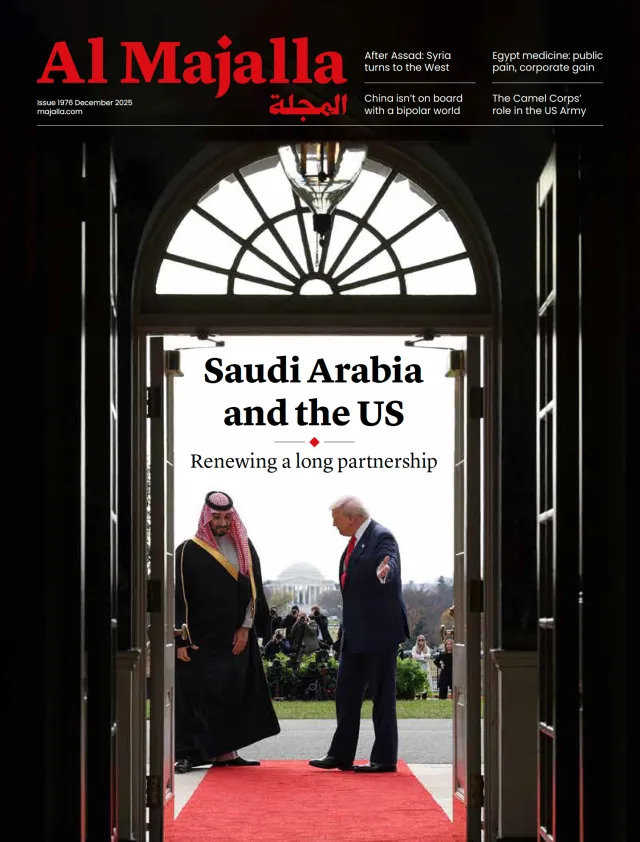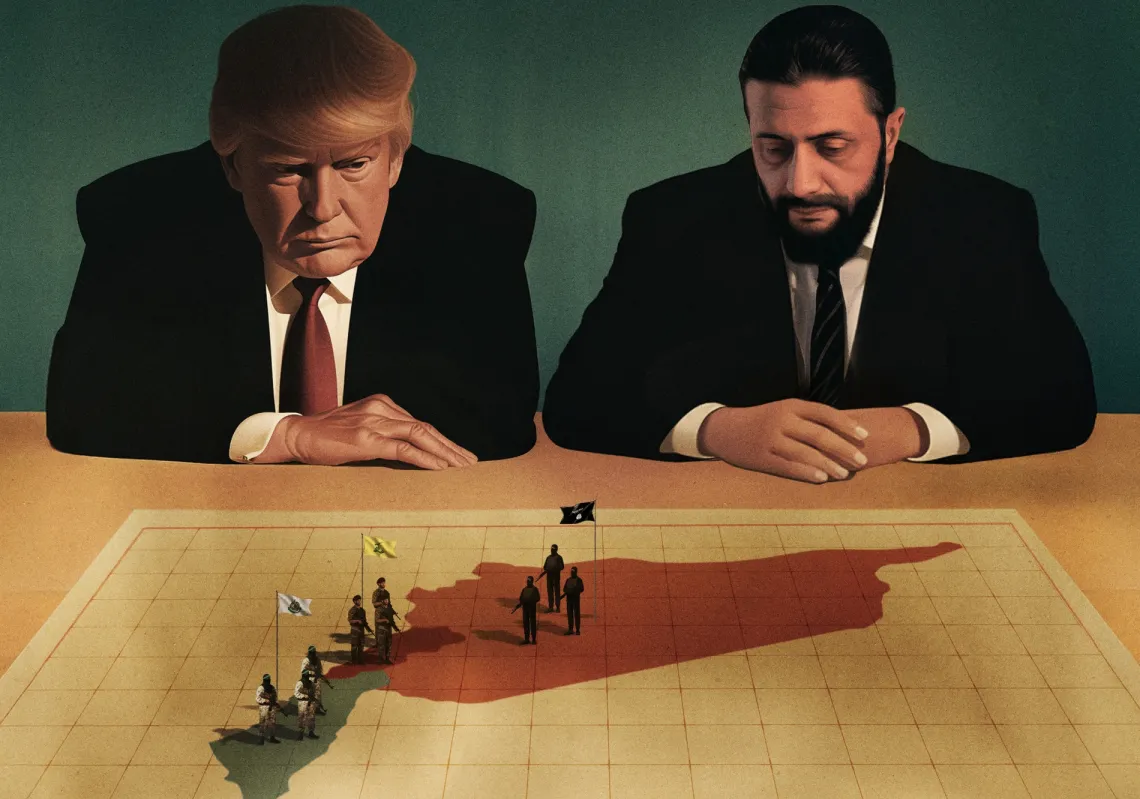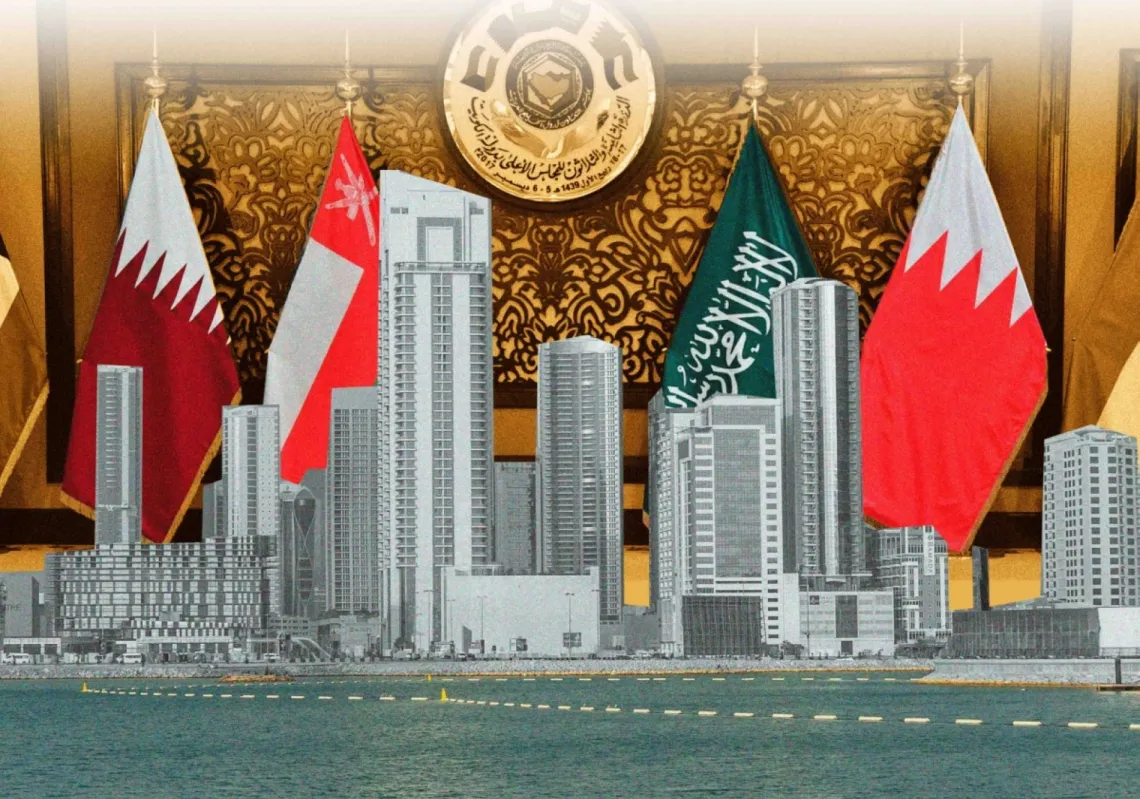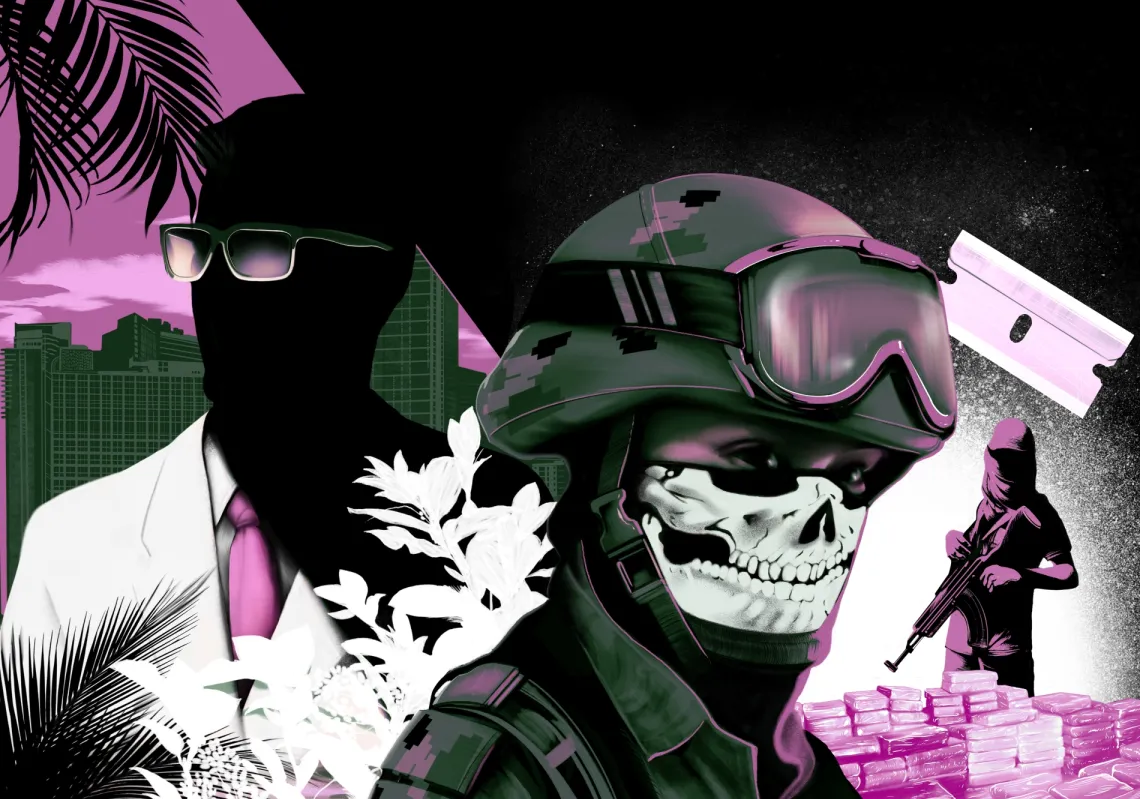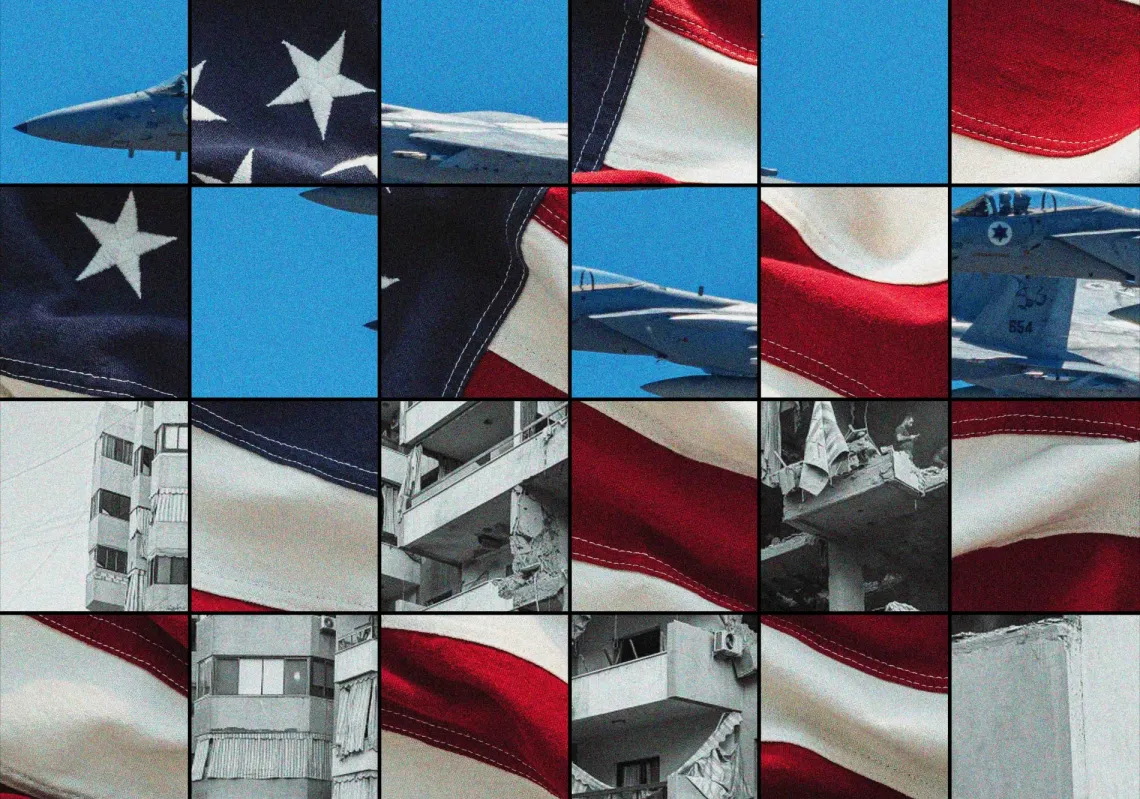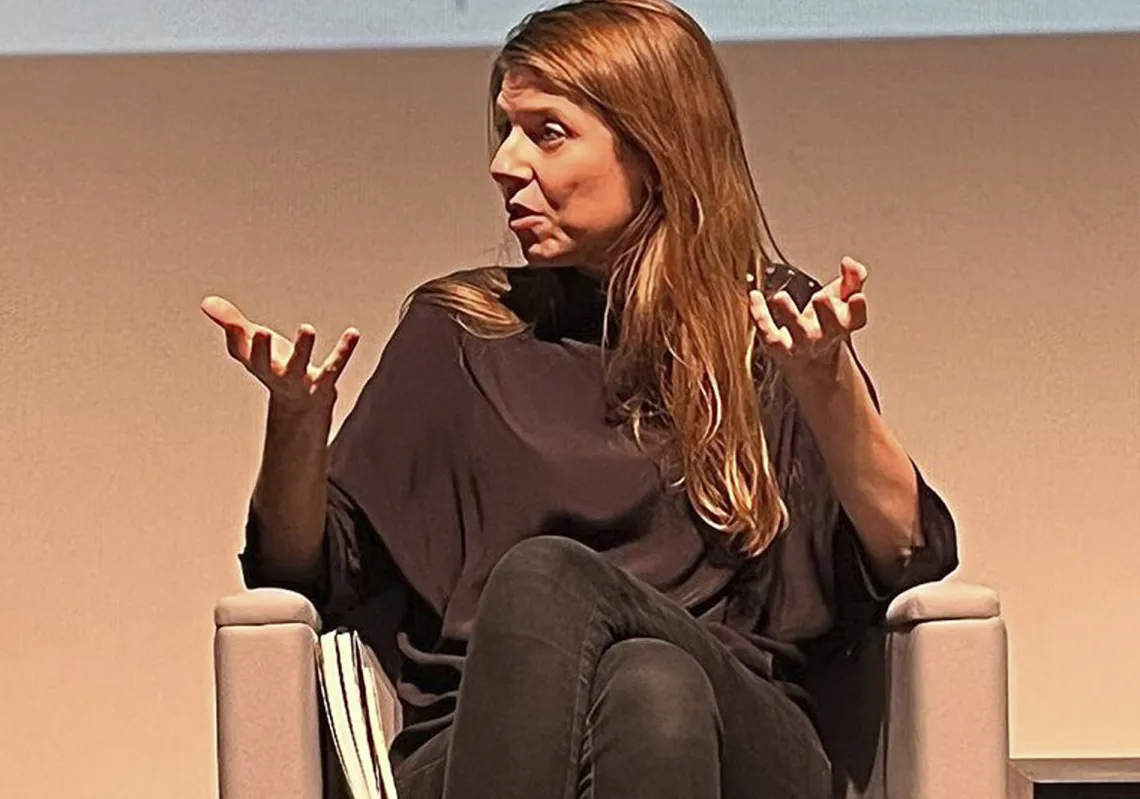In the mass return of Palestinians to the north of the Gaza Strip, there was no talk or thought of ‘victory’ or ‘defeat’, the bipolar narrative so beloved by warmongers. It was one of those rare moments in life that defy mere description. Indeed, it felt larger than life.
There was the sheer force of the people themselves—individuals and communities converging in a shared, transcendent moment. Modern history has never before witnessed a reverse migration as intense or powerful as that of 27 January 2025.
The sight of thousands of people advancing as a single, unified mass along the narrow strip of land encompassing Al-Rashid and Salah Al-Din streets seemed like something drawn from epic tales, myths, and legends.
After months of relentless bombing, killing, destruction, and displacement, the residents of northern Gaza—including Gaza City itself—who had been forced southward, were finally on their way back north, under cover of a tenuous ceasefire.

Depopulation plan
From the outset of Israel’s war on Gaza in 2023, one of the key ambitions has been for a much larger exodus of Palestinians from Gaza into Egypt’s Sinai peninsula. Far from being secret, that objective—sometimes known as ‘the Generals’ plan’—has been openly advanced by Israeli representatives.
Throughout, Egypt has refused to open the gates to Palestinians, as this would facilitate Israel’s ultimate goal of depopulating Gaza before those with an interest in real estate turn the Strip into a Mediterranean seaside resort, a vision articulated early in the war by Donald Trump’s son-in-law and Middle East advisor Jared Kushner.
Read more: Egypt wants to help shape Gaza's future, but not by taking in Palestinians
Trump now echoes this ambition, cloaking it in the language of a promised peace and rebuilt homes. He has said, with some accuracy, that northern Gaza is now largely uninhabitable but has reached the conclusion that its residents should, therefore, migrate to Egypt and/or Jordan.
Trump is not wrong to note the sheer scale of devastation. Entire neighbourhoods have been wiped out, infrastructure has been reduced to rubble, and Gaza's landscape has been so drastically altered that people no longer recognise where they used to live. So why, then, did they surge back in such unprecedented numbers toward this desolation?

